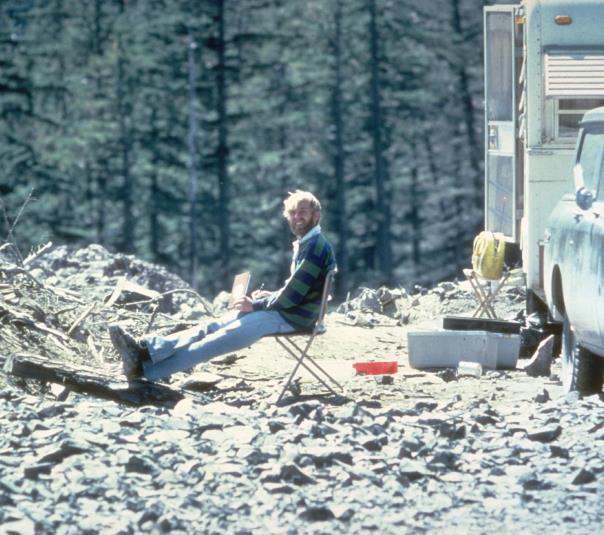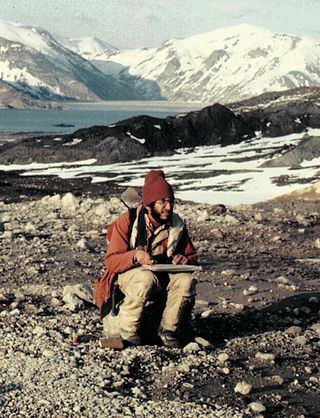View this post on reddit.com/r/nosleep
~~
The fence had been there for 50 years. It was made of wood, but wood will last for ages if you build it right. Sturdy oak logs had been felled by a farmer, the sort of man who makes more with his hands than you can with a bulldozer these days; the sort of man we don’t have around anymore. It stretched around the pasture for his beef cattle, big brown steers who moved languid and slow, lowing at the moon.
The fence watched with knotted eyes when the first girl came. She was sweet and sallow, with the seams of her stockings running up the backs of her thighs. The man had watched with eyes of stone, and pounced when the light was dim over the oak grove. The girl lay at the west end of the fell, the fading light red over her blank eyes, for seven days; and on the seventh day, the farmer found her.
The fence watched with knotted eyes when the second girl came. The man had to be more clever now; he was careful to catch her when she was pedaling home, rubber bands collecting her dark wash denim around her ankles, brunette curls tousling down her back. He turned the smooth stone over and over in his hands, waiting, and at just the right second threw it at her tire and caused her to crash. He cradled her lovingly in her arms, left hand over her mouth before she could make a sound; and in just a minute they were back in the fell near the fence.
He had chosen the rope carefully, a silk blend so the ties wouldn’t hurt so much, and he carried out his duties as he had to. But of course, all things must come to an end, and this was the way it had to be. And when the light faded from her eyes, he packed up his things and left; and the fence watched with its knotted eyes, and the cows blinked their lashes slowly, and the light crept over the oak leaves, ashamed.
The farmer was concerned when the third girl came. It had been so long, they thought this might be over with. He didn’t want the bloody stains on his name; to this the cattle would’ve said that he dealt in plenty of blood, could they do anything but blink their long lashes and sigh. He consulted with police, who recommended setting up surveillance, but of course to set up a camera he would need a light, and to set up a light he’d need to run electricity out to the fence, and the farmer was a simple man who didn’t have the money for such extravagances. The police drove by more frequently, their headlights like question marks piercing the thick night, but the man was waiting for them.
The third girl worked in the city and cut her hair in a bob, bleached blonde and processed just like the rest of her. Her mother said she should find a man, but she thought she knew better; she fancied herself a strong modern woman, but a man found her instead. She fought and screamed and scared the cattle and the birds in the oak trees ruffled their feathers, wondering what the humans were up to now and couldn’t they just quiet down so a robin could get a moment’s rest. She clawed and tore up the ruby red manicure she’d so carefully painted on last week, clawed up skin and dirty and musty earth. But soon she was gone like the rest, and the fence watched with knotted eyes as the man hitched up his pants and strolled off into the night.
Surely it had been too long, thought the policeman, hand in hand as he scratched his forehead. The farmer was an old man now, housed in a nursing home; his son owned the field now and never came by. The last herd of cattle had gone to slaughter a decade ago. But here she was, the fourth girl in the fell at the west end of the field, her blue eyes staring blankly at the sky, lips slightly parted, as if she had been saying something just a moment ago.
It didn’t make any sense. How could there be another?
The birds eyed each other awkwardly, wondering if any of them should say something to the policeman. A whippoorwill cooed the answer helpfully, but the policeman paid no mind to the sound.
The fence creaked slightly in irritation as the techs came, with their plastic bags and their tweezers and their grid-line box-by-box search. The M.E. bent over the girl, a disinterested frown on his face as he noted the temperature of her touch. One slender white hand gripped the post of the fence, smooth milky white skin clenching tightly around the dark wooden bark. Try as though he might, the M.E. couldn’t move it, and finally had to break a finger just to move the girl on.
The fence groaned, as though it had lost a friend. It was lonely in its old age.
The man arrived at one past midnight, pacing up and down the west side of the field. Insomnia had seized him; he could not sleep, not by day and not by night. He did not miss it; he would never rest. His shimmering legs cast long shadows among the wild grasses. He would find another.
The fence watched with knotted eyes as the spirit flowed into the night, searching.






_cropped.jpg/800px-Dave_Johnston_collecting_sample_from_Mount_St._Helens_crater_lake%2C_30_April_1980_(USGS)_cropped.jpg)






